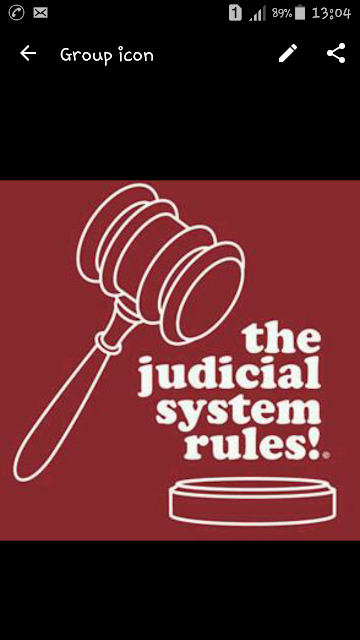STAGES OF CRIMINAL PROCEEDINGS
Pre-trial proceedings This is the first stage of criminal proceedings. The objective of this stage is to ascertain, whether the suspicion of a committing a crime by a certain person is sufficiently substantiated in order to file an indictment to court. In this stage it is necessary to find and obtain evidence proving the guilt of the accused person, as well as other evidence disproving his guilt. The outcome of the whole criminal proceedings depends on correct execution of pre-trial proceedings. There is a new option to negotiate an agreement on the guilt and punishment in this stage between the accused person and public prosecutor. Tasks in pre-trial proceedings: - to secure the groundwork basis for the decision, whether to file an indictment and let the court deal with the case or to waive further criminal prosecution of the person concerned, - to ascertain all circumstances important for deciding on the criminal offense, its perpetrator, punishment a...
